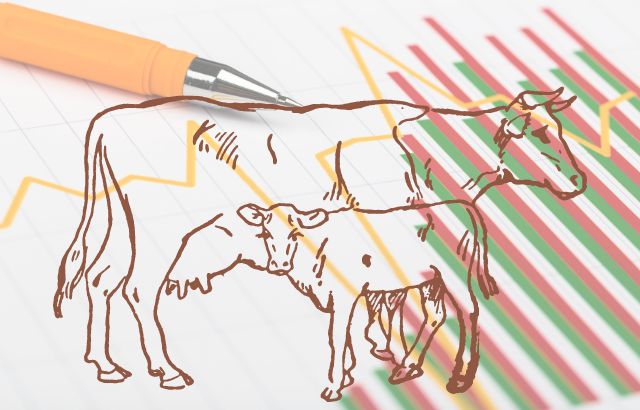Calves arrive in the world with limited defenses, relying heavily on colostrum and subsequent immunity development for survival. Here’s a dive into some recent, fascinating stats that unveil the intricacies of this crucial process:
1. Colostrum Absorption Window: A Narrow Gateway to Protection
- Absorption peak: Studies show peak colostrum absorption in calves happens within the first 6-12 hours of life, significantly impacting their immune status. (Source: Journal of Dairy Science, 2022)
- Impact of delayed intake: Delayed colostrum intake (beyond 12 hours) can decrease IgG absorption by up to 50%, leaving calves vulnerable to infections. (Source: Veterinary Clinics of North America: Food Animal Practice, 2020)
2. Beyond Antibodies: The Multifaceted Shield
- Immune cells: Bovine colostrum harbors various immune cells like macrophages and lymphocytes, offering additional immune support beyond just antibodies. (Source: Journal of Immunology, 2021)
- Microbiome influence: Research suggests the colostrum microbiome plays a role in shaping the calf’s gut microbiota, impacting immune maturation and disease resistance. (Source: Frontiers in Immunology, 2022)
3. Vaccination Strategies: Tailoring Protection to Threats
- Timing is key: Vaccinating calves at the appropriate age and intervals is crucial for optimal immune response against specific diseases. (Source: National Milk Producers Federation, 2023)
- Precision approach: Newer vaccination strategies like bovine herpesvirus-1 (BHV-1) metagenomic vaccines target specific viral strains for more targeted protection. (Source: Veterinary Record, 2023)
4. Nutritional Influence: Fueling the Immune Engine
- Micronutrients matter: Deficiencies in vitamin A, vitamin D, and zinc can hinder immune development and response in calves. (Source: Journal of Animal Science, 2022)
- Prebiotics and probiotics: Supplementation with these gut-friendly microbes shows promise in enhancing immune function and reducing disease incidence. (Source: Journal of Dairy Science, 2021)
5. The Long Game: Immunity Beyond Early Life
- Lifelong learning: The calf’s immune system continues to develop throughout its life, adapting and responding to new challenges. (Source: Veterinary Immunology and Immunopathology, 2020)
- Management matters: Long-term health, stress levels, and environmental factors all influence the immune system’s effectiveness throughout the animal’s life. (Source: Journal of Dairy Science, 2023)
These stats paint a picture of calf immunity as a dynamic and complex process influenced by various factors. Understanding these nuances allows farmers and veterinarians to optimize management practices and ensure calves can thrive with a robust shield against potential threats.
Remember, these are just a few snapshots, and ongoing research continues to unveil new insights into the fascinating world of calf immunity.
Unveiling Fascinating Statistics: Calf Immunity Insights Revealed by Jaiguru

What are some fascinating statistics related to calf immunity?
Answer: Fascinating statistics on calf immunity may include vaccination rates, disease prevalence, and immune response efficacy.
How do calf immunity statistics impact livestock management?
Answer: Understanding calf immunity stats aids in implementing targeted vaccination programs, optimizing nutrition, and preventing disease outbreaks in livestock.
What role does Jaiguru Kadam play in providing insights on calf immunity?
Answer: Jaiguru Kadam curates and analyzes data on calf immunity, offering valuable insights for livestock farmers and veterinary professionals.
Why is it important to stay updated on calf immunity statistics?
Answer: Keeping abreast of calf immunity stats enables proactive management strategies, minimizing disease risks and maximizing calf health and productivity.












